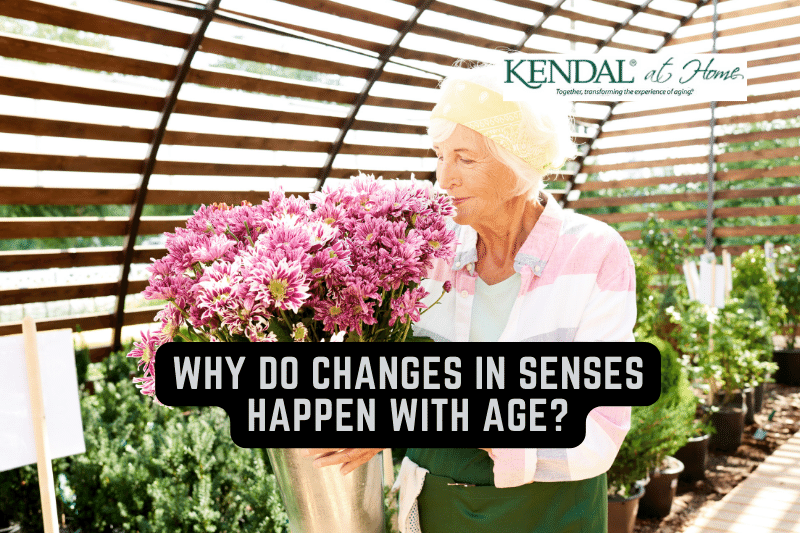Depression is not a normal part of aging, and yet older adults are more at-risk than the rest of the population. That’s because depression is more common in people with one or more chronic illnesses; about 80 percent of older adults have at least one, and 50 percent having two or more.
In addition, older adults are underdiagnosed and undertreated because depression is sometimes incorrectly considered to be a natural response to illnesses or other life events. Less than 1 percent to 5 percent of older adults at home are depressed, with 13.5 percent of those needing home health care and 11.5 percent in hospitals.
If you feel as though you or someone you love might be suffering from symptoms of depression, the Centers for Disease Control and Prevention (CDC) lists symptoms of the condition to review. Feeling sad when someone dies or otherwise having a down day does not qualify, but if you’re feeling unhappy and anxious for weeks at a time, that might be depression. Other symptoms include feeling:
- pessimistic, even hopeless
- guilty or helpless, as if you are worthless
- irritable or restless
Do you have fatigue that won’t go away? Significant changes in appetite, either up or down? This is what depression looks like in older adults. Be sure to read the rest of the CDC list and, if you have any thoughts of suicide, call for medical help immediately. This article also provides links to other helpful resources.
Lesser-Known Symptoms in Older Adults
While younger adults may cry when depressed, older adults tend to withdraw and become apathetic, according to this article in Grandparents.com. Physical symptoms can also present themselves, such as vague aches and pains. These pains play a chicken-and-egg game with depression, with the pain contributing to the depression—and the depression to more pain. A 2015 study showed that, for each joint that was painful, there was a 19 percent increase in self-reported depression.
Depression can also affect an older adult’s memory, focus and attentiveness. A small 2004 study showed that more than half of people suffering from depression in later life had “significant problems with processing information and executive function (decision-making, reason, etc.).” This can be mistakenly perceived as dementia.
Chest pain also plays out in this scenario with depression. People with coronary illness are more likely to be depressed, and depressed people show more signs of coronary illness. A 2010 study found that patients with chest pain demonstrated more than triple the amount of depression than average and, overall, “chest pain like angina can be an indicator of depression.”
Depressed older adults can be more irritable, even openly hostile. Other emotions might include fear and anxiety, loss of hope and guilt.
There is also a longstanding tie between depression in older adults and headaches. Migraines especially fit the pattern. Gastrointestinal issues also present themselves more frequently, with nausea, constipation and other digestive issues being common.
What to Do
Don’t ignore the symptoms in the hopes they’ll go away. If you or a loved one are showing signs of depression, know that the majority of older adults improve symptomatically through anti-depression medications, psychotherapy or both. Talk to your doctor about the best resources for you. You can find even more resources here. In crisis situations, call 911 or visit the closest emergency room. You can also call the 24-hour toll-free National Suicide Prevention Lifeline at 1-800-273-TALK (1-800-273-8255); TTY: 1-800-799-4TTY (4889).












